Lantana Watering Needs – Tips On Watering Lantana Plants
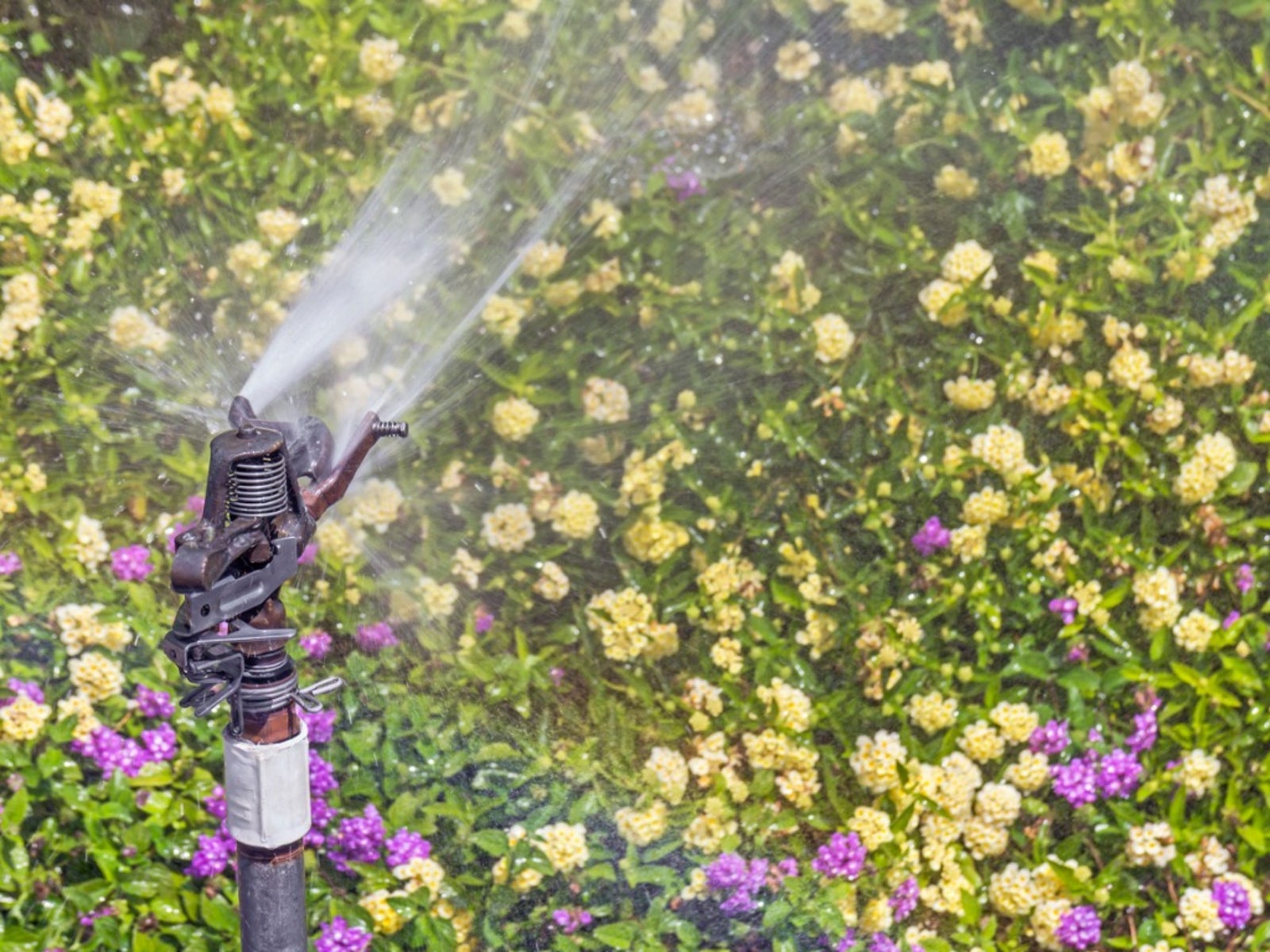

Lantana is a plant in the Verbena family and a native of tropical America. It is primarily grown as a summer annual but can thrive as a shrubby perennial in tropical regions. These flowering plants can tolerate drought once established but the best development and flowering results from consistent watering. How much water do lantana plants need? We will discuss when to water lantanas for best growth and flower production in this article.
How Much Water Do Lantana Plants Need?
Plant watering needs vary by species and region. Lantana watering needs will differ in humid regions versus arid zones. Too much water may cause root rot and other problems while too little can affect foliage and flower development. Water application is always a fine line between too much and too little in any species. Watering lantana plants is necessary, but how do you determine how much and how frequently to do so? Lantana plant watering is an important part of the species care. As natives of the tropical Americas, lantana are adapted to humid conditions and fairly moist soil. Their drought tolerance is brief and the plants will suffer if they are not given supplemental irrigation. The actual amount of moisture necessary will fluctuate in different conditions. For instance, plants in hanging baskets are exposed to air and evaporation more than in-ground plants. Plants that are mulched to conserve moisture will do better with less water. Each situation needs to be vetted dependent upon the location of the plant.
Watering Lantana Plants in Containers
Determining lantana watering needs is often as simple as inserting your finger into the soil. It sounds simple and it is. Hanging baskets and plants in containers do not have the blanket of soil that in ground plants experience. The roots are more exposed to air and consequential evaporation, meaning container plants require more frequent irrigation than their in-ground counterparts. The smaller soil area to retain moisture and the confinement of the roots also means they cannot seek more moisture in nearby soil. If you use the finger test to check moisture levels, you can be sure when to water lantanas. If soil is dry to your touch, it is time to add moisture. This may be every two days or even every day in hot, arid regions. Where humidity is high, plants can do well with just watering twice per week.
In-Ground Lantana Plant Watering
Plants in the ground have more space to develop a broader root system, which can seek out moisture. They should be watered once per week during their blooming season. Ensure that the soil drains freely, as even weekly watering can create boggy conditions if soil is not loose. This may lead to root rot and other problems. Covering the root zone with a good organic mulch will help hold moisture in while gradually releasing nutrients for plant uptake. Mulch is useful even in hot, dry conditions and it also can help extend the growing season in cooler climates by holding heat in the soil. Avoid overhead watering in both container and in-ground plants, as it can cause foliar diseases due to fungal growth.
Gardening tips, videos, info and more delivered right to your inbox!
Sign up for the Gardening Know How newsletter today and receive a free copy of our e-book "How to Grow Delicious Tomatoes".

Bonnie Grant is a professional landscaper with a Certification in Urban Gardening. She has been gardening and writing for 15 years. A former professional chef, she has a passion for edible landscaping.
-
 Looking For Plants To Give You The Soft And Fuzzies? Try These 5 Fuzzy Leaf Plant Options
Looking For Plants To Give You The Soft And Fuzzies? Try These 5 Fuzzy Leaf Plant OptionsLovers of texture, drama, silver foliage and tactile plants will adore these special sensory garden additions. These fuzzy leaf plant options will leave you all aglow
By Susan Albert
-
 Get Ready For A Summer Of Hummers! Grow These Full Sun Hummingbird Plants and Flowers
Get Ready For A Summer Of Hummers! Grow These Full Sun Hummingbird Plants and FlowersIf you’re lucky enough to enjoy a sunny backyard, make sure you are maxing out on your pollinator opportunities and grow these full sun hummingbird plants and flowers
By Tonya Barnett
-
 Growing Lantana Indoors For The Winter
Growing Lantana Indoors For The WinterCan I bring Lantana inside for the winter? Well, click here to find out.
By Tonya Barnett
-
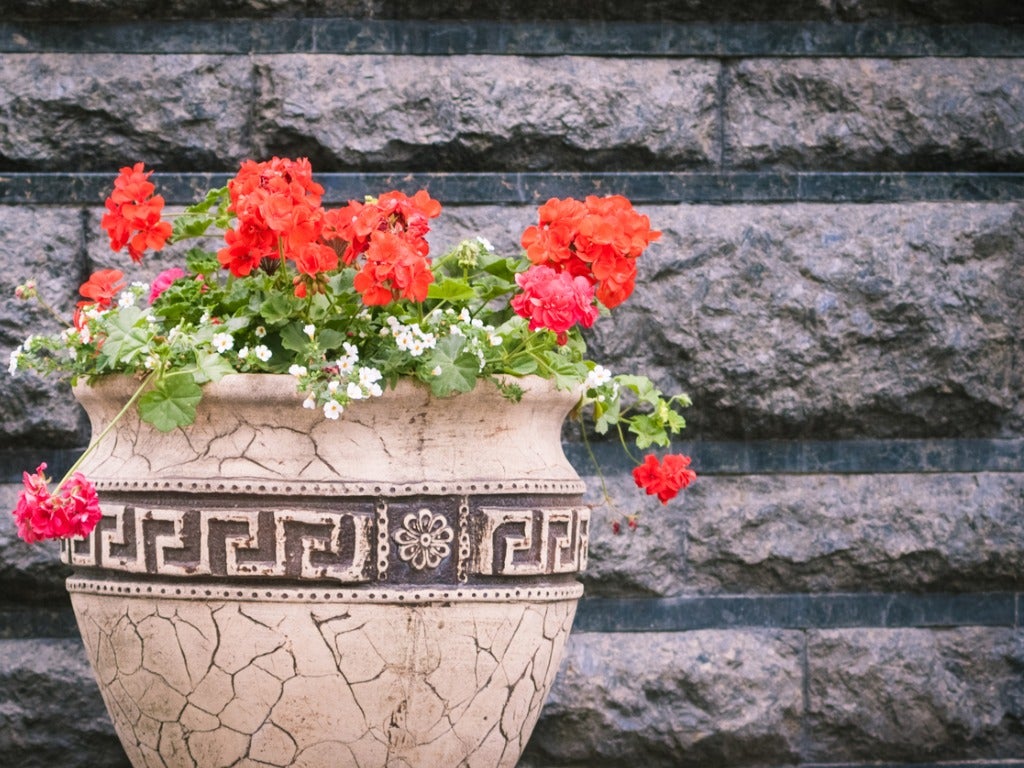 Repotting Lantanas: When And How To Repot Lantana Plants
Repotting Lantanas: When And How To Repot Lantana PlantsLantana is ideal for growing in containers or ornamental raised flower beds. With proper care, gardeners can enjoy the small showy flowers for many years to come. In doing so, learning how to repot lantana will be important. This article will help with that.
By Tonya Barnett
-
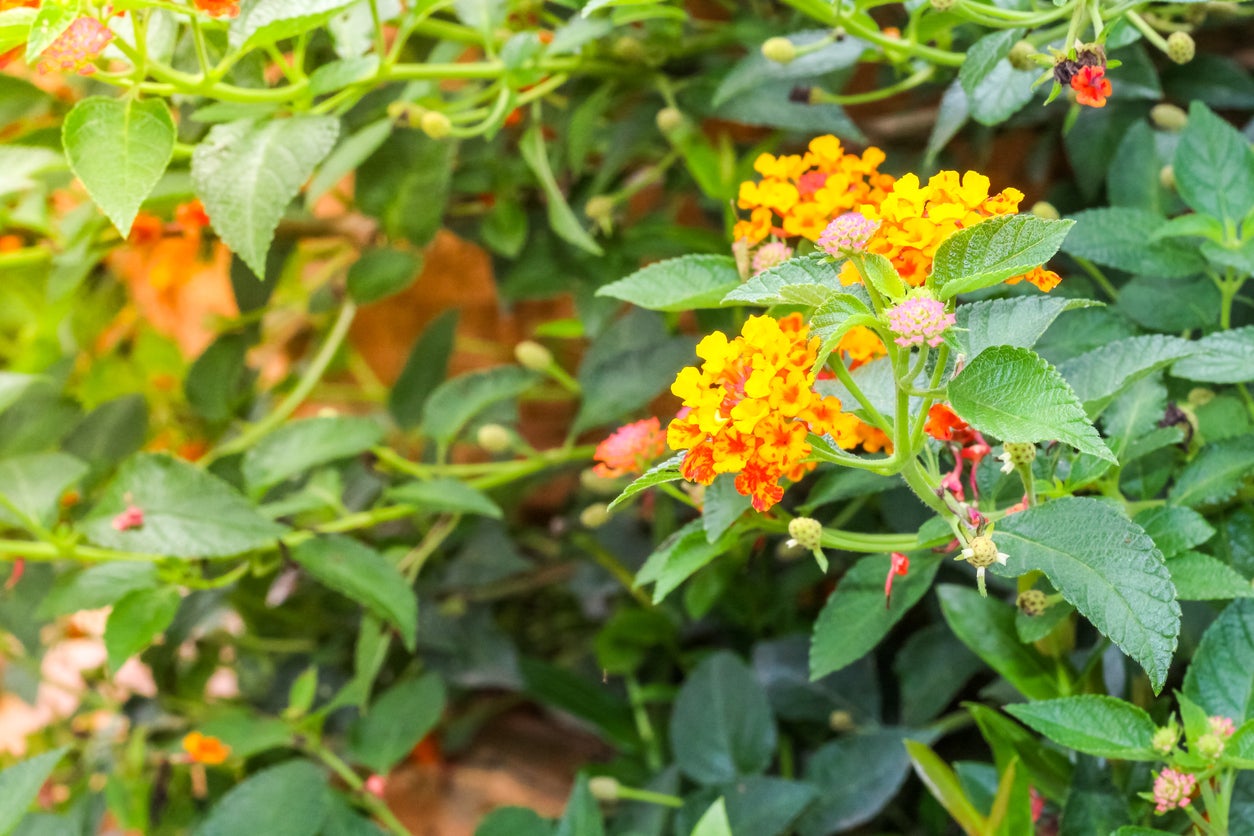 Controlling Lantana Weeds: Stopping Lantana Spread In The Garden
Controlling Lantana Weeds: Stopping Lantana Spread In The GardenIn some gardens, Lantana camara is a pretty, flowering plant that adds delicate, colorful blooms to flower beds. In other areas, though, this plant can be more of a pest. Find out ways for controlling lantana weeds in your yard by clicking this article.
By Mary Ellen Ellis
-
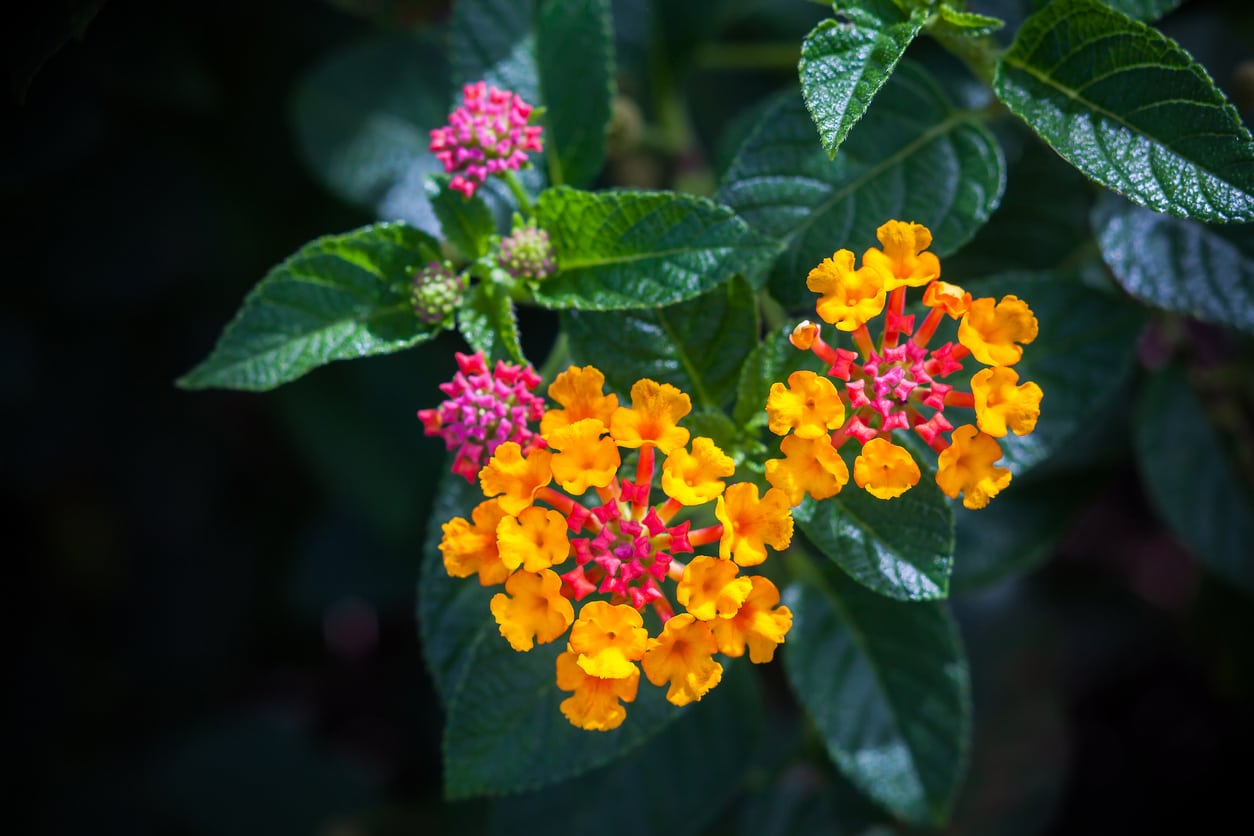 Can You Transplant Lantanas: Tips For Moving A Lantana Plant
Can You Transplant Lantanas: Tips For Moving A Lantana PlantIf you have a lantana that is struggling in its current location or has outgrown its space and is not playing nice with other plants, you may be searching for some tips on how to transplant lantana. This article will help get you started with that.
By Darcy Larum
-
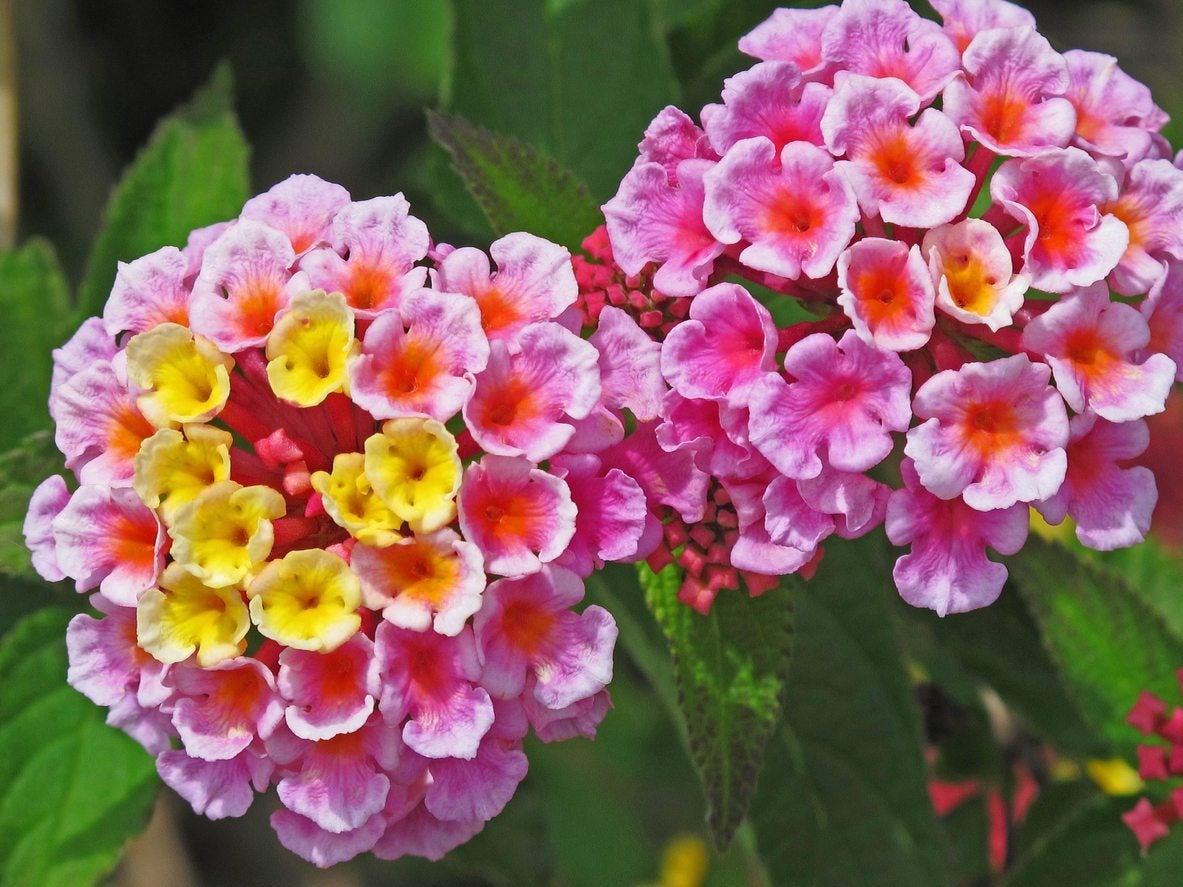 Color Changing Lantana Flowers – Why Do Lantana Flowers Change Color
Color Changing Lantana Flowers – Why Do Lantana Flowers Change ColorSince a lantana flower cluster has flowers of multiple ages, it will often display different colors in the center and on the edges. You can observe lantana flowers changing color in your garden as the season advances. Learn other reasons for color changing in this plant here.
By Ilana Goldowitz Jimenez
-
 Lantana Leaf Yellowing – Treating Yellow Leaves On Lantana Plants
Lantana Leaf Yellowing – Treating Yellow Leaves On Lantana PlantsGardeners love lantana because of its brightly colored blossoms that attract butterflies and bloom from spring to frost. If you see your lantana plant turning yellow, it could be nothing or something serious. Click this article for more information.
By Teo Spengler
-
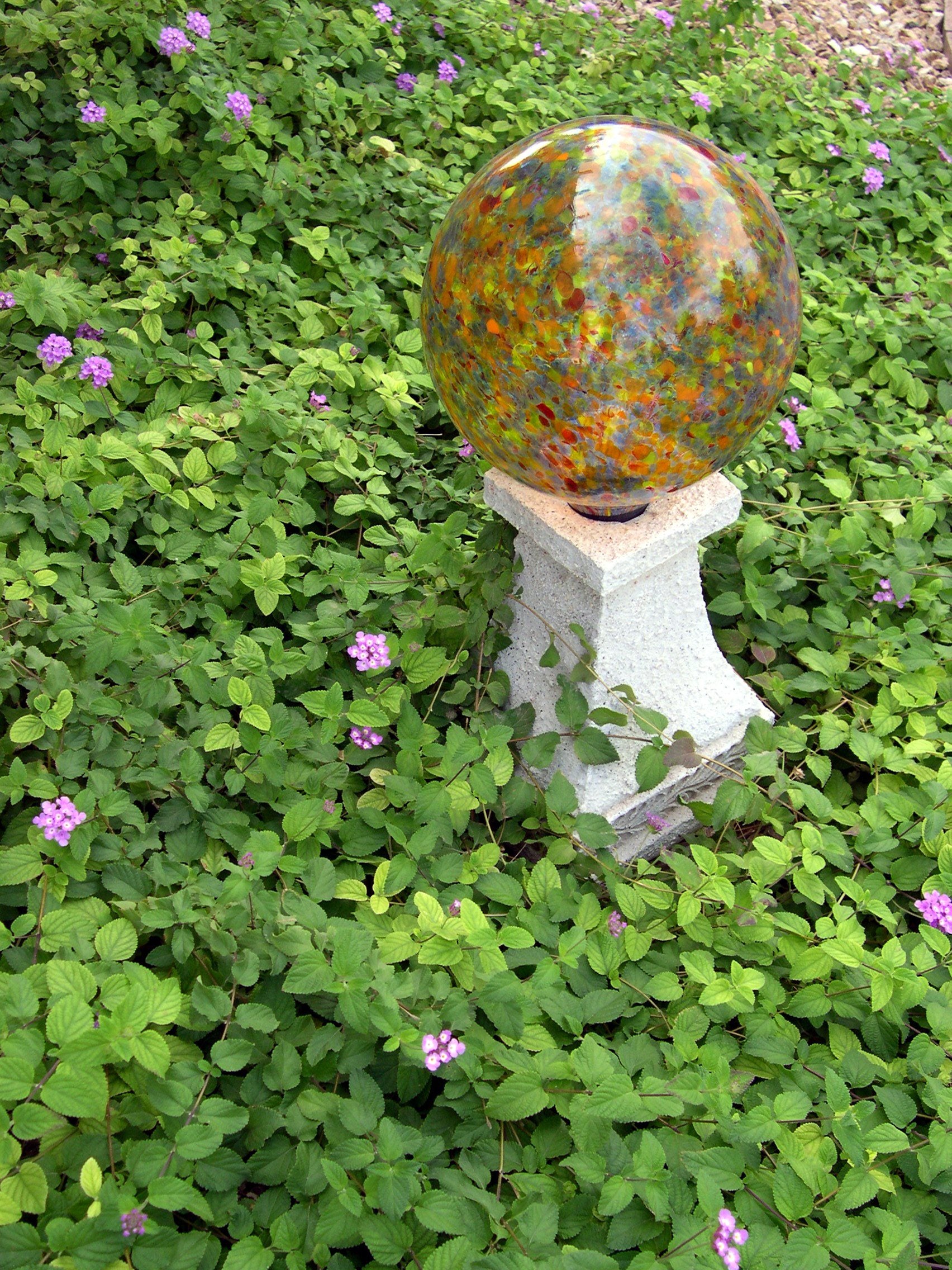 Lantana Groundcover Plants: Tips On Using Lantana As A Groundcover
Lantana Groundcover Plants: Tips On Using Lantana As A GroundcoverMost lantana plants reach heights of 3 to 5 feet (1 to 1.5 m.), so lantana as a ground cover doesn't sound very practical - or does it? If you live in USDA plant hardiness zone 9 or above, trailing lantana plants make wonderful year-round ground covers. Click here to learn more.
By Mary H. Dyer
-
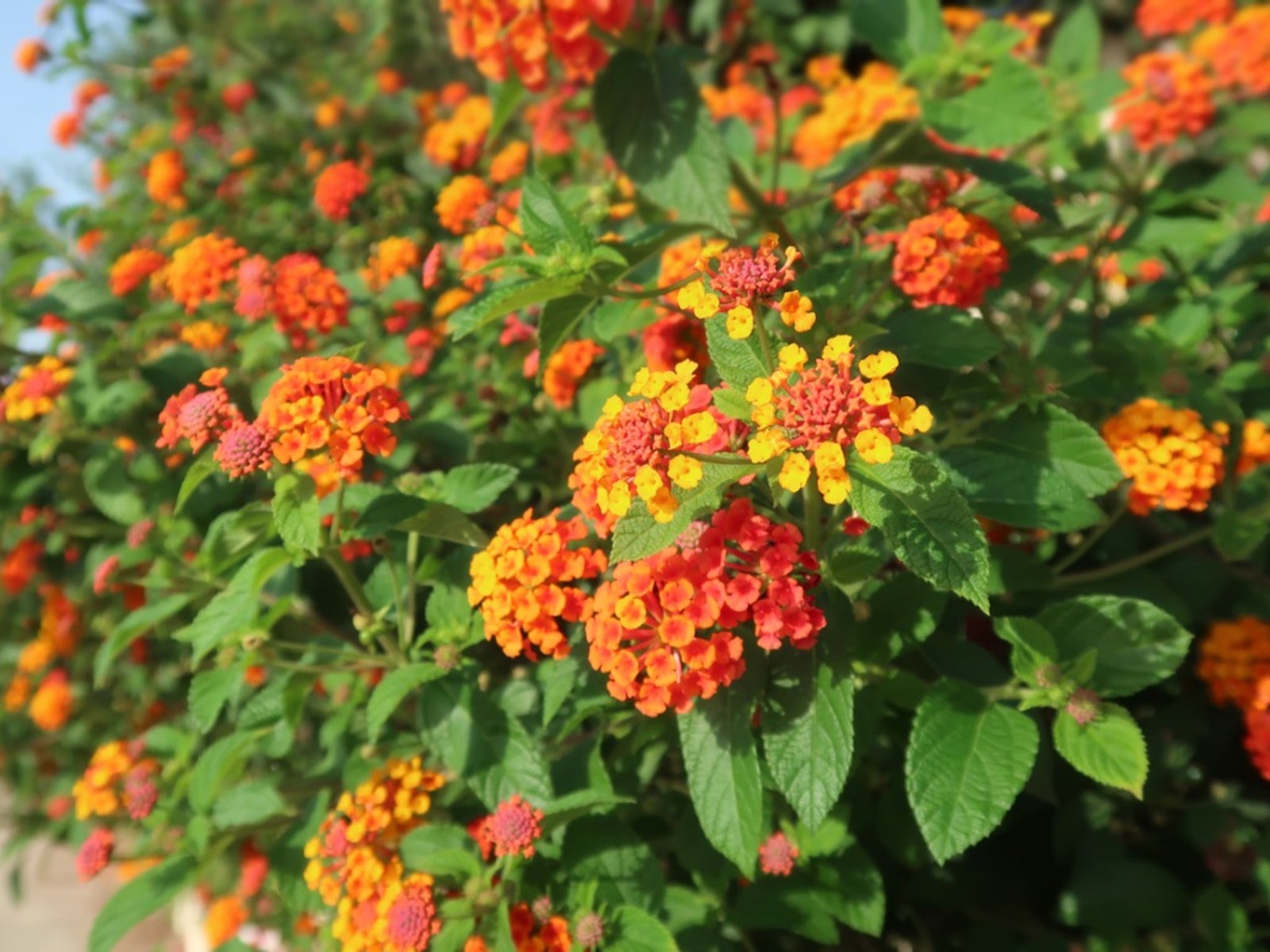 Diseases Of Lantana Plants: Identifying Diseases That Affect Lantana
Diseases Of Lantana Plants: Identifying Diseases That Affect LantanaLantana is beloved for its bright flowers that last all summer long and for its reputation as an easy-care shrub. Unfortunately, even lantana can get diseases. Click here for information on lantana plant diseases and tips for treating diseases in lantana.
By Teo Spengler